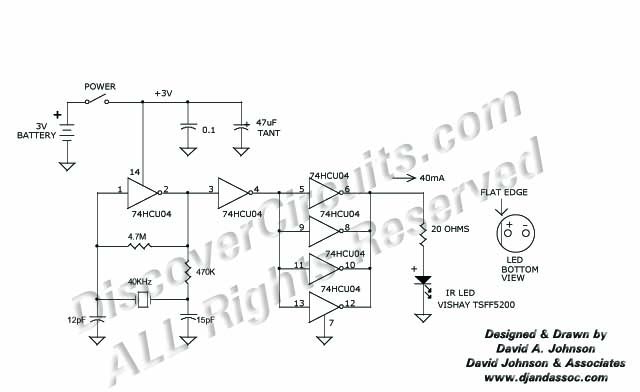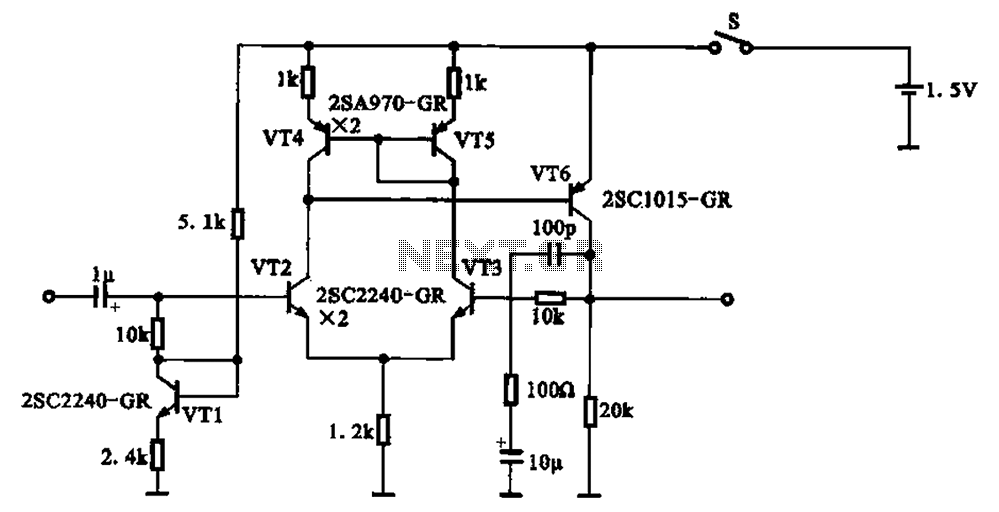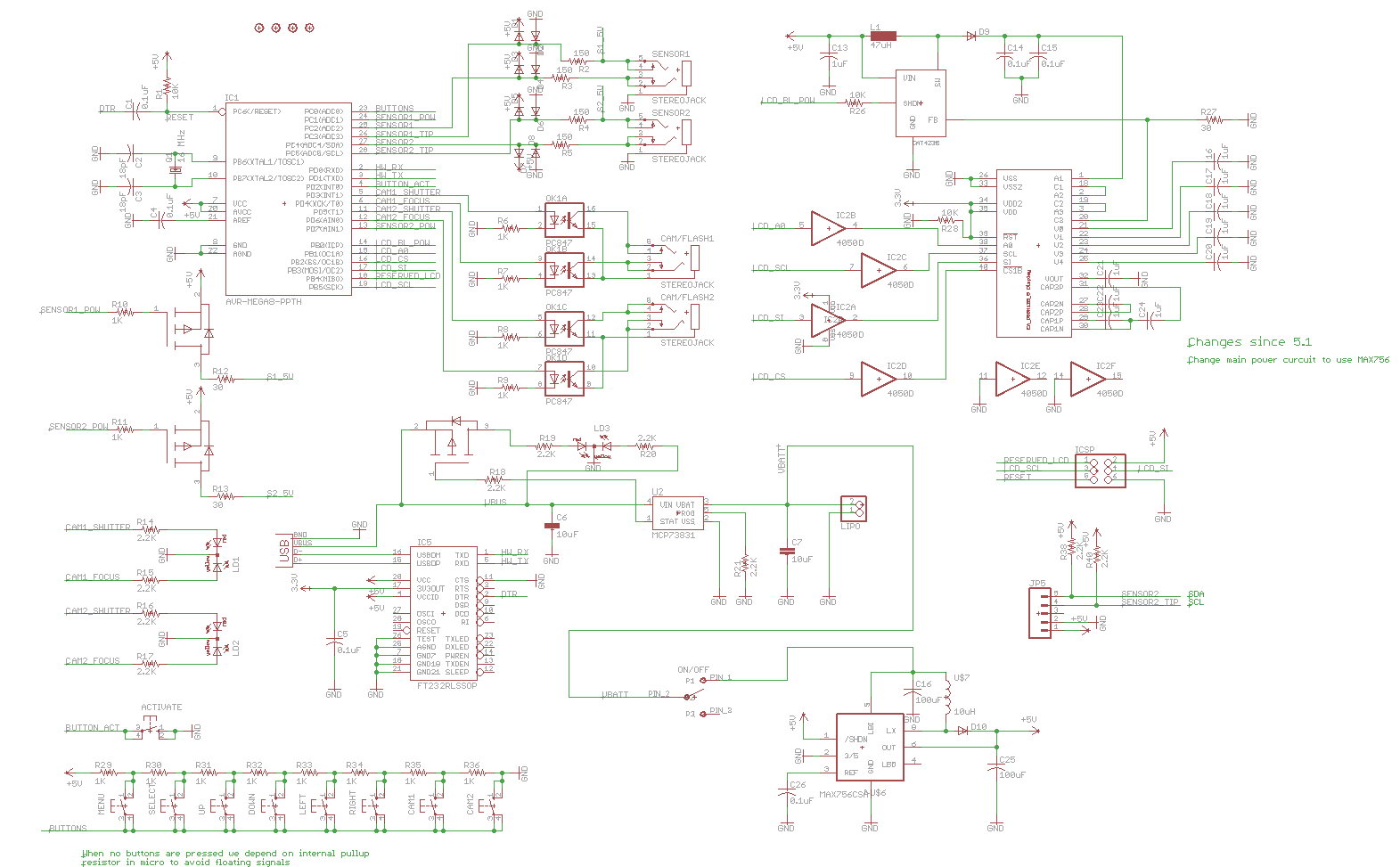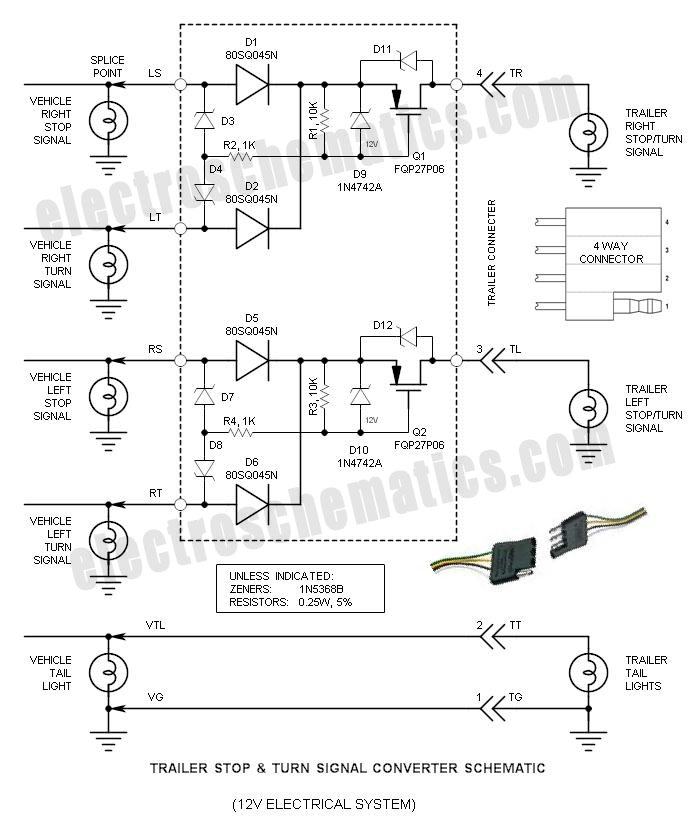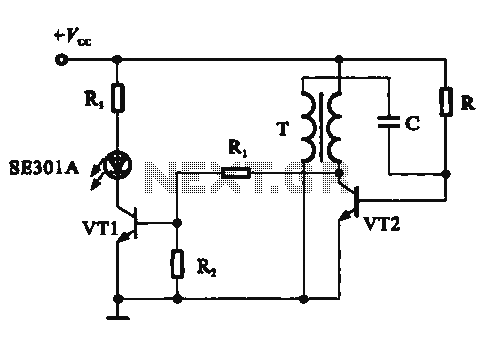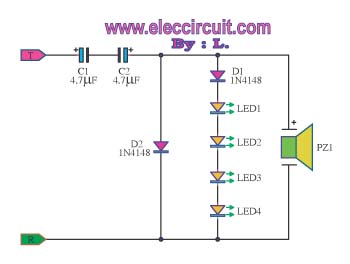
Signal Tracer

The primary component of this circuit is the LM386 amplifier chip. It incorporates a transistor input to buffer the input signal and provide additional gain for the LM386. This compact unit has proven useful in various situations when troubleshooting amplifier circuits, including stereo receivers, TV/VCR audio sections, radios, CD players, and car stereos.
The circuit utilizes the LM386, which is a low voltage audio power amplifier capable of delivering up to 1 watt of output power. It operates with a supply voltage ranging from 4 to 12 volts, making it suitable for battery-powered applications. The LM386 features a built-in gain of 20, which can be increased to a maximum of 200 by adding an external resistor and capacitor between pins 1 and 8.
To enhance the circuit's performance, a transistor is employed as a buffer for the input signal. This configuration allows for better impedance matching and provides additional gain, ensuring that the LM386 receives a strong and clean signal. The choice of transistor can vary based on the desired characteristics, but common choices include NPN transistors such as the 2N3904 or BC547.
The circuit typically includes a few passive components: resistors and capacitors that help filter the signal and stabilize the amplifier's performance. A bypass capacitor is often added to the power supply pin to reduce noise and improve stability. Additionally, a coupling capacitor is used at the input to block any DC offset from the source signal, allowing only the AC audio signal to pass through.
Output from the LM386 can be connected directly to a small speaker or further amplified if necessary. The circuit design is versatile, making it applicable in various audio devices. The compact nature of the LM386 amplifier circuit makes it ideal for integration into portable audio equipment, enhancing its functionality in troubleshooting and repair scenarios across a wide range of audio applications.The main part of this circuit is the LM386 amplifier chip. It also uses a transistor input to buffer the input signal and provide extra gain for the LM386. The little unit has helped me out on numerous occasions when trouble shooting any amplifier circuit like a stereo receiver, tv / vcr audio section, radios, cd players and car stereos. 🔗 External reference
The circuit utilizes the LM386, which is a low voltage audio power amplifier capable of delivering up to 1 watt of output power. It operates with a supply voltage ranging from 4 to 12 volts, making it suitable for battery-powered applications. The LM386 features a built-in gain of 20, which can be increased to a maximum of 200 by adding an external resistor and capacitor between pins 1 and 8.
To enhance the circuit's performance, a transistor is employed as a buffer for the input signal. This configuration allows for better impedance matching and provides additional gain, ensuring that the LM386 receives a strong and clean signal. The choice of transistor can vary based on the desired characteristics, but common choices include NPN transistors such as the 2N3904 or BC547.
The circuit typically includes a few passive components: resistors and capacitors that help filter the signal and stabilize the amplifier's performance. A bypass capacitor is often added to the power supply pin to reduce noise and improve stability. Additionally, a coupling capacitor is used at the input to block any DC offset from the source signal, allowing only the AC audio signal to pass through.
Output from the LM386 can be connected directly to a small speaker or further amplified if necessary. The circuit design is versatile, making it applicable in various audio devices. The compact nature of the LM386 amplifier circuit makes it ideal for integration into portable audio equipment, enhancing its functionality in troubleshooting and repair scenarios across a wide range of audio applications.The main part of this circuit is the LM386 amplifier chip. It also uses a transistor input to buffer the input signal and provide extra gain for the LM386. The little unit has helped me out on numerous occasions when trouble shooting any amplifier circuit like a stereo receiver, tv / vcr audio section, radios, cd players and car stereos. 🔗 External reference
